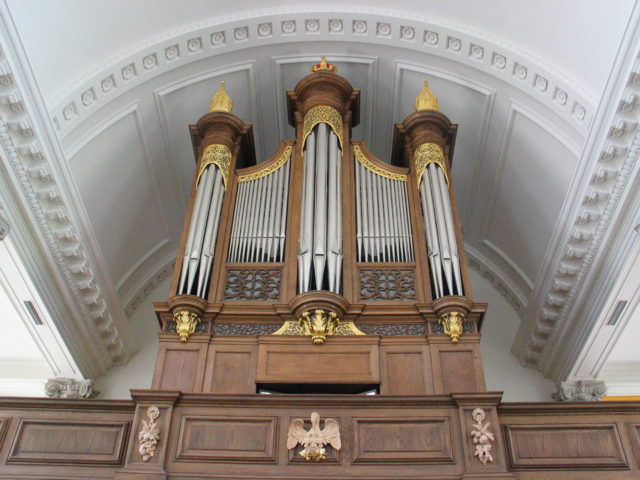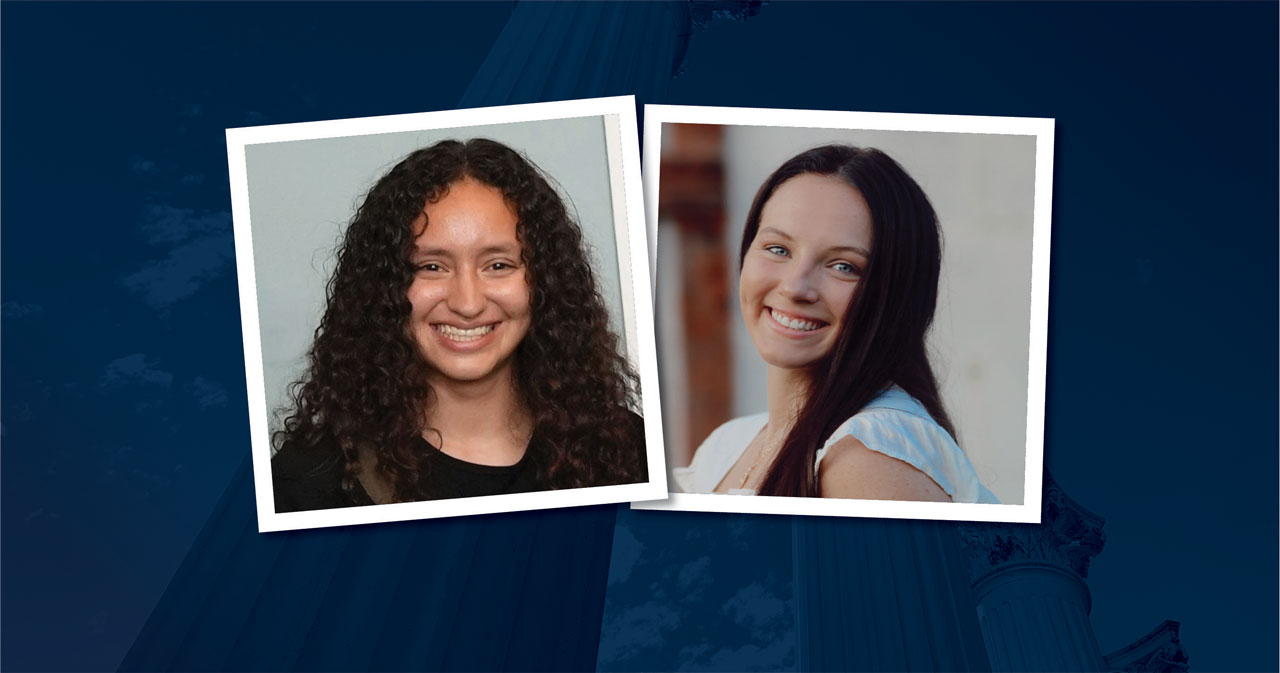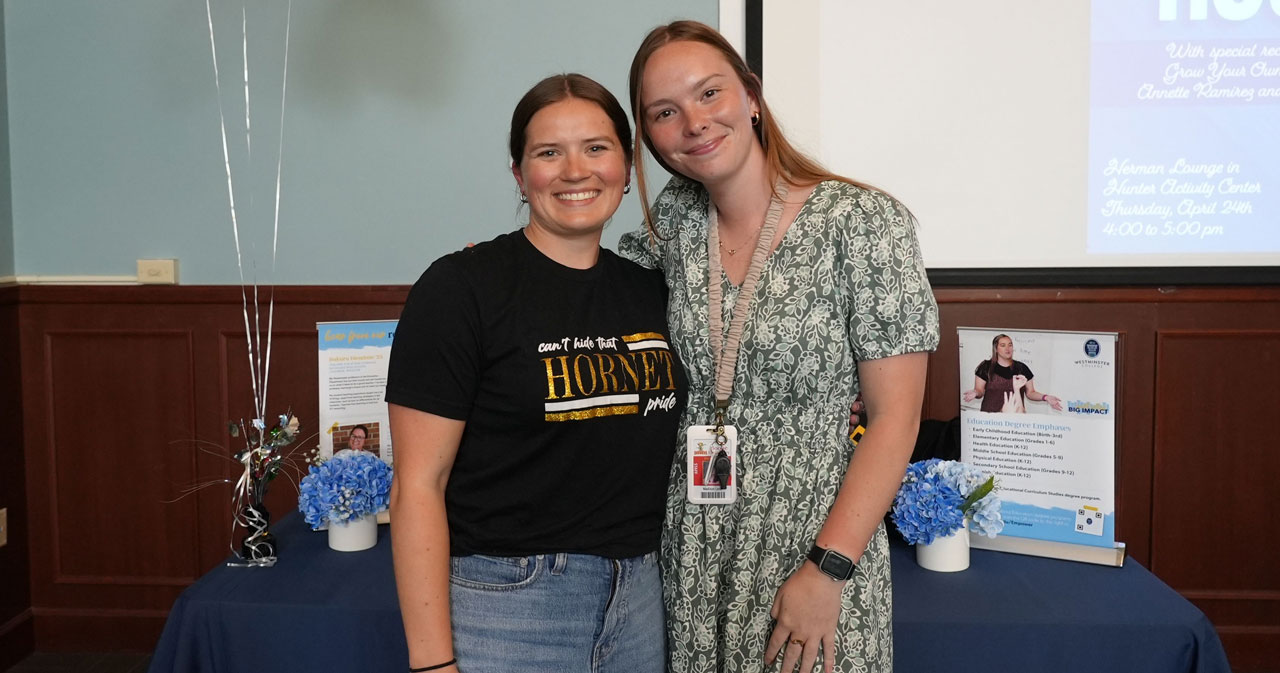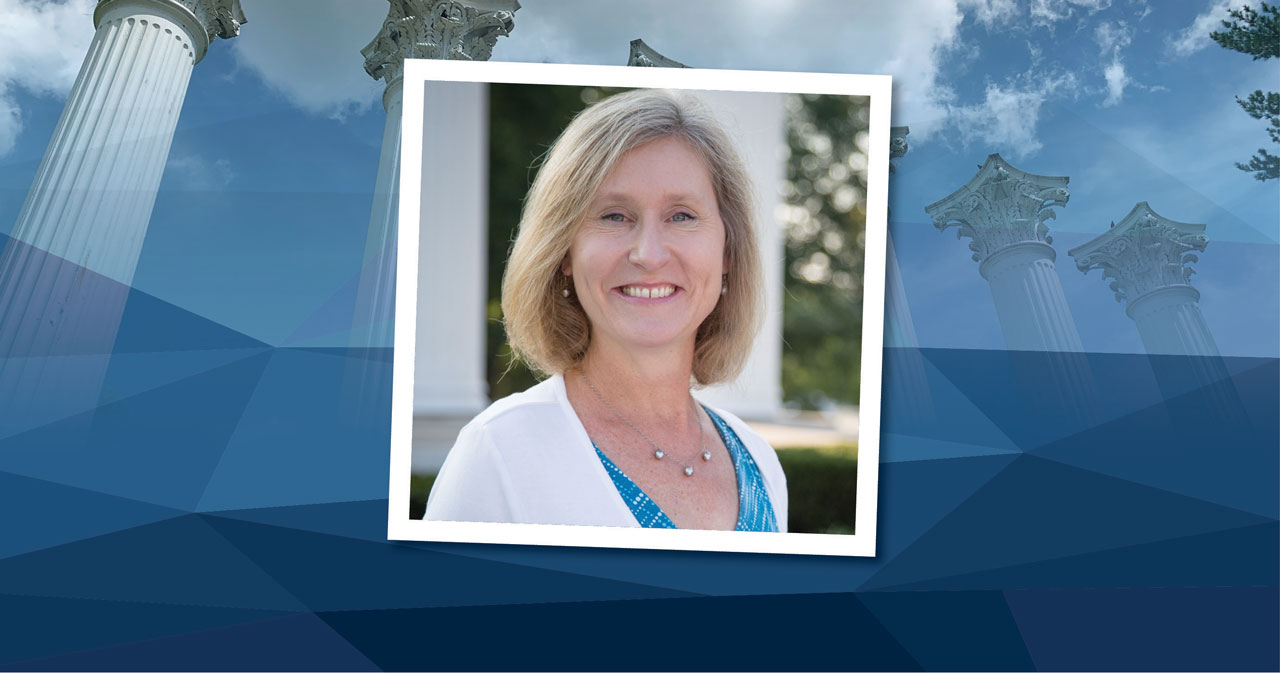“I saw them all burn, and it is a sensation I will never forget—hearing the bells fall down the tower, hearing the organs burn, because the hot air blowing through the organ pipes almost sounded as if the poor old organs were shrieking in agony in their destruction.”
Those were the sights and sounds a young soldier named Noel Mander could not forget of the horrible night of December 29, 1940, when German planes bombed London, and he watched his own church, St. Vedast-alias-Foster, as well as the Church of St. Mary the Virgin, Aldermanbury, engulfed in smoke and fire. Mander was home on leave and had volunteered to be a fire warden that night . One of the jobs of a fire warden was to patrol an area of the city during and after air raids and call the fire services to put them out. Obviously, the horrible images of that night made an indelible impression on Mander … an impression that would link him with the Church of St. Mary the Virgin Aldermanbury almost 30 years later.
Noel Mander started in the organ-building business in 1936, an enterprise which his family could trace back to their ancestor George Pike England, a noted organ builder of the 18th century. While his organ building was interrupted during the war, Mander returned to the London Diocese following the war to help rescue organs from churches that had been bombed and placed organs back into churches which had been rebuilt. His company, Mander Organs, found its permanent home in 1947 in a closed Victorian school owned by the London Diocese in the East End.
Because of Mander’s unique connection to St Mary, when Westminster College began an exploration of the imaginative concept to bring the remains of the ruined church to America and restore it to its past glory on the campus of Westminster College, he became involved. Some of the church’s artifacts such as the 17th century processional cross from the Church of St. James the Great, Bethnal Green, the double set of 17th century communion silver from the Church of St. Anne and St. Agnes, the altar candlesticks from Westminster Cathedral, and the Lord’s Mayor ceremonial sword and stand were all obtained with Mander’s help.
However, his crowning glory is the magnificent Mander organ in the loft of the church, which Mander built to last. As he described it: “The Fulton organ has been built with the finest materials, and we have avoided using anything but materials which have been available for the last two or three hundred years and will be available for the next two or three hundred…We have only used materials which will last and can be easily replaced in the years to come.”
For example, the best timber available was used for the main structure with fibres used in place of timber where shrinkage or expansion could create problems. Mechanical action was used for the parts of the organ to avoid excessive wear. The plastic spring-loaded hulls used in modern soundboards for organs were avoided, which would have had to be replaced in 50 years.
While English Baroque organs at the time St. Mary’s originally existed were quite small and did not have a pedal rank, Mander created a hybrid between the baroque version and a modern organ so contemporary music could be played on the instrument. The 18th century organ case for this 38-rank tracker organ came from the Woolwich Parish Church, Kent. Two of the pipes in the organ were made by George England himself in 1770. The organ case is surrounded by decorative crown and mitres from the Wren Church of St. Michael Paternoster Royal. It is no wonder many famous organists have called this Mander organ the finest baroque organ found in America. 
Although the organ at St. Mary the Virgin, Aldermanbury, is an extraordinary achievement, Mander’s crowning accomplishment is considered the Willis organ in St. Paul’s Cathedral, which he built for the Queen’s Silver Jubilee in 1977. Noel Mander retired in 1983, leaving his work in the hands of organ builders he had trained to maintain his high standards. When he died in 2005, some of his ashes were scattered in a flowerbed outside his organ works.
Today his rich legacy is remembered every time the music of his remarkable organ resounds throughout the Church of St. Mary the Virgin, Aldermanbury. In a pamphlet Mander put together describing the details of his masterpiece on the Westminster campus, he stated: “This has not been a cheap organ, nothing worthwhile can ever be achieved cheaply, but in this little piece of England on the campus of Fulton I hope that it will long remain not only a memorial to that great Englishman Sir Winston Churchill, but also to that band of English craftsmen who built the instrument and transported it to Fulton, and erected it there.”
The fact that the instrument is never referred to as “the organ” but always known as “the Mander organ” ensures Noel Mander’s place in the resurrection of the Church of St. Mary the Virgin, Aldermanbury, across the Atlantic will always be remembered.
This musical instrument treasure was made possible thanks to the philanthropy of Mr. and Mrs. Grover M. Hermann, who made the donation in memory of Westminster student Philip D. Thurmond, Class of 1896. Philip was Mrs. Hermann’s father.
Mr. Hermann (1890-1979) was a successful businessman from Callicoon, NY, who founded the American Marietta Corporation, which later in a merger became Lockheed Martin. His wife, Sarah, was the great-granddaughter of Dr. William W. Robertson, the founder of Westminster College.
Those who would like to hear the Mander Organ in its full magnificence should plan to attend a 50th anniversary organ recital in conjunction with the May 3-5 Churchill Weekend celebration. The organ recital will take place at 4:30 p.m. on Friday, May 3, in the Church of St. Mary the Virgin, Aldermanbury. The recital will be performed by renowned concert organist and Churchill Fellow Frederick Hohman from South Bend, IN.
Hohman filmed an episode of his program Midnight Pipes at the Church of St. Mary in August 1998. Those interested in an advance taste of the Mander organ in performance can watch that episode here. 








You must be logged in to post a comment.